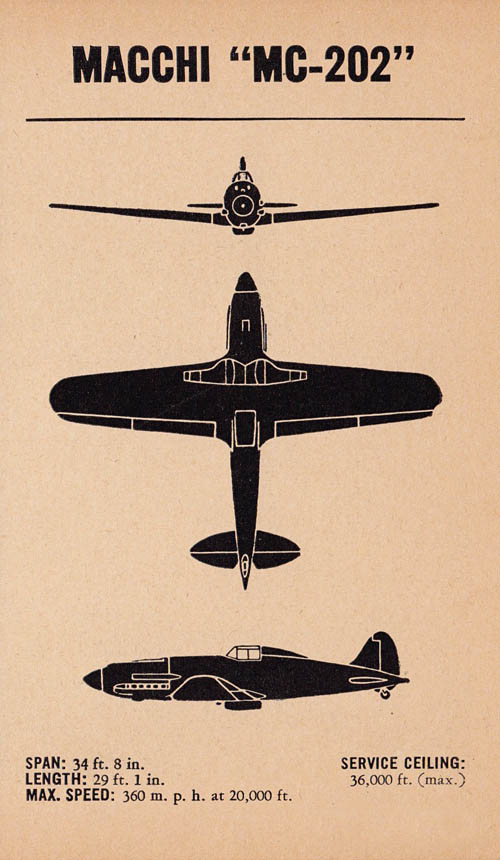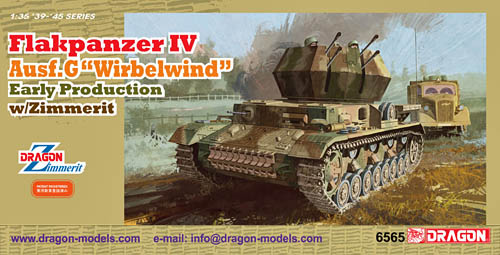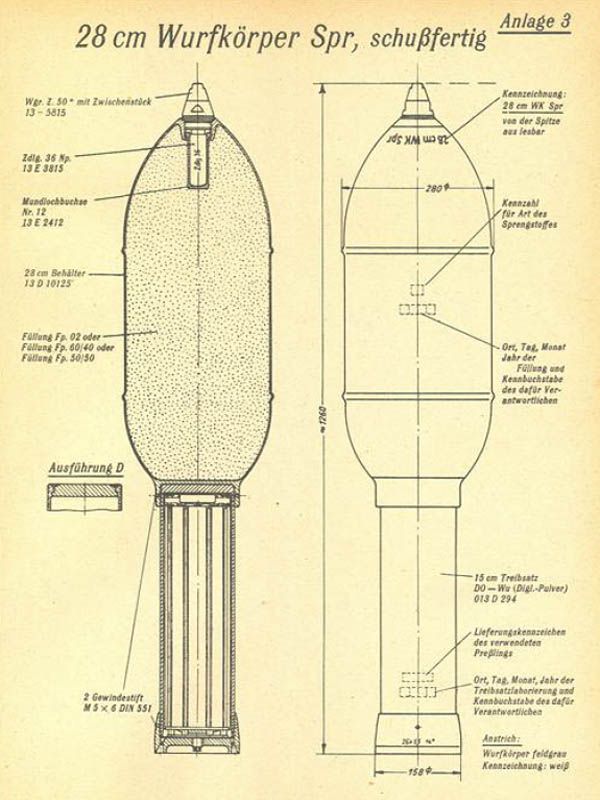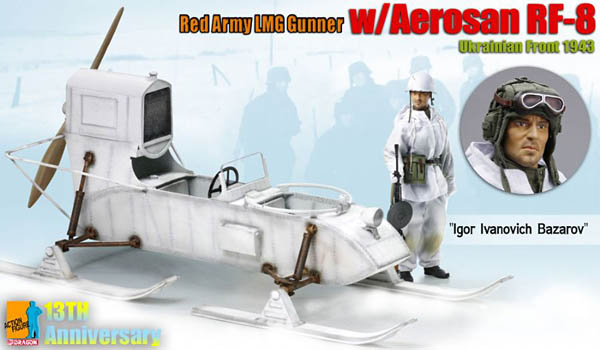How to Jettison a Turret
PB4Y Gets Back Safe from Saipan
A Navy photographic plane came back from a mission over Saipan recently after battling through 15 attacking Zekes which swarmed in when one of the PB4Y’s engines cut out. One of the main reasons it got back, however, was that the crew had worked out carefully the procedure for lightening the load by jettisoning the ball turret.
The Zekes attacked the plane 30 miles from Tinian on the trip home and continued the fight for 70 miles. Although the point at which the engine cut out was 1,000 miles from its home base, the plane made the grade because of skillful piloting and some active tossing-overboard of all movable gear. Major items included all guns and ammunition, all cameras, armor plating from turrets, all radio equipment except one set–and the ball turret.
Procedure for jettisoning the turret had been worked out carefully in squadron drills ahead of time. By following this procedure, the crew got rid of it in 20 minutes, going through the following steps:
1. Turn off the electric power switch on the overhead and cut all electric wiring.
2. With the elevation handle, point guns straight down.
3. Disengage azimuth power clutch.
4. Disconnect oxygen system and remove oxygen bottle.
5. Remove the azimuth gear box by taking off the four holding nuts.
6. Remove the eight vertical bearings which are held in place by two bolts. They bear on the scarf ring.
7. Place the turret in the fore and aft position.
8. Lower the turret and the scarf ring together. This prevents the turret from swaying in the slipstream.
9. Using the waist-gunners’ safety belts, secure the turret so it will not drop when trunnion nuts are removed. The belts should be secured between the turret A frame and the turret retracting piston.
10. Remove the six nuts that secure the turret trunnion housing to the turret retracting assembly.
11. All hands stand clear and two men cut the two safety belts at the same time. It is suggested that nuts and bolts to be removed be painted same color other than the color of the turret, so that if an emergency arises they can be spotted immediately.
Before the turret and other gear were jettisoned, the plane lost altitude on auto-lean and gradually descended from 20,000 to 6,000 ft. As soon as the turret was dropped the plane was able to maintain its altitude in auto-lean.













